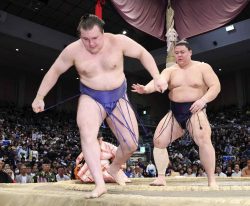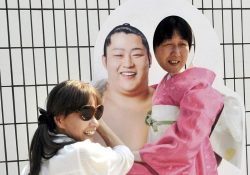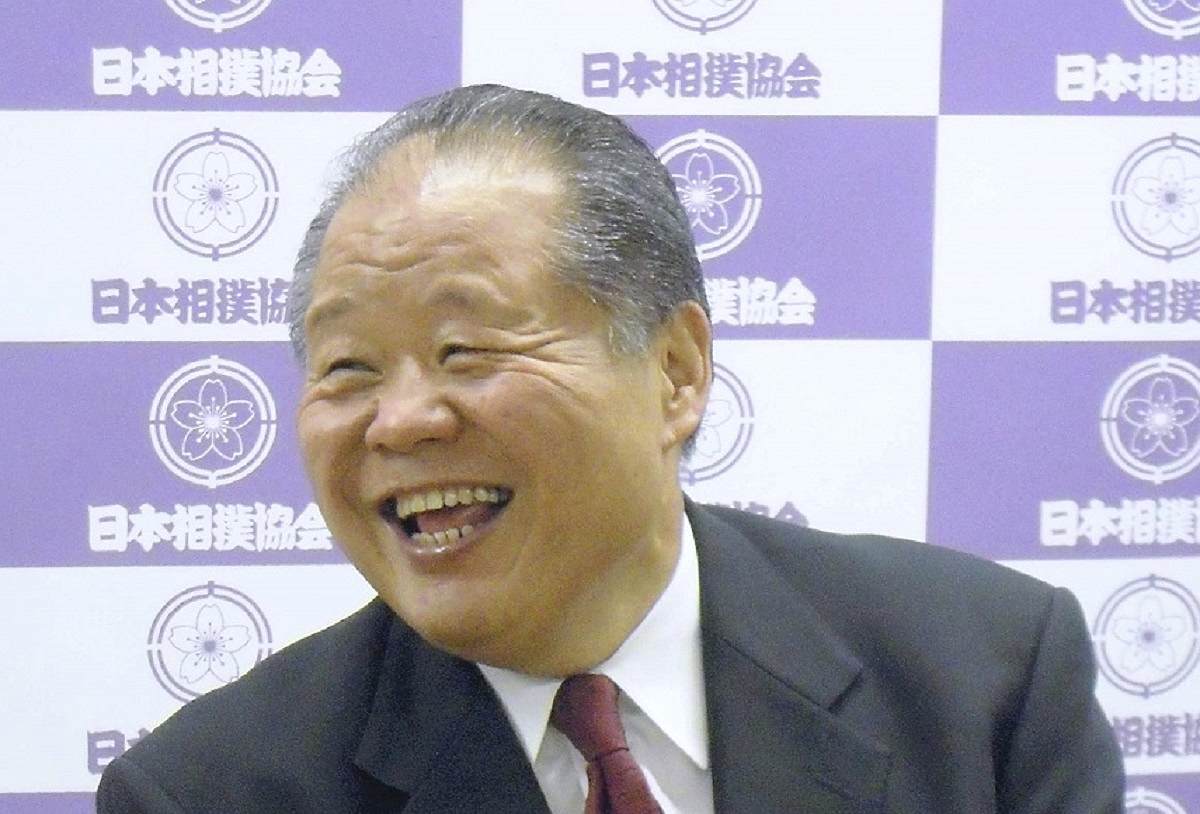
The previous Nakamura stablemaster, former sekiwake Fujizakura, smiles at a press conference at Tokyo’s Ryogoku Kokugikan in January 2013 after he reached retirement age.
11:25 JST, June 26, 2024
Just hearing the name again brings up feelings of nostalgia.
At its board of directors meeting in late May, the Japan Sumo Association approved the establishment of the Nakamura Stable as its 44th stable.
New stablemaster Nakamura, former sekiwake Yoshikaze, had been a sumo elder affiliated with the Nishonoseki Stable headed by former yokozuna Kisenosato before going independent to form his own stable.
Eight wrestlers went along with him, including makuuchi-division wrestler Tomokaze, and the stable will kick into full gear at the Nagoya Grand Tournament in July.
It marks the return of the Nakamura Stable name from a 12-year absence. The stablemaster when it closed in 2012 was former sekiwake Fujizakura, who had been dubbed the Shoving Rascal because of his thunderous pushing attack during his active career. For the purpose of avoiding confusion, I will refer to him here using his ring name.
As a stablemaster, Fujizakura maintained a one-track coaching philosophy. Instead of scouting wrestlers from universities or overseas, he preferred to get his wrestlers straight out of junior high school and train them from the start. He strongly believed it best to nurture them himself as they worked their way up the ranks, well before they could be influenced by other mentors.
Of course, not everybody finds success in the sumo world and taking into consideration the uncertainty of their post-sumo lives, attracting recruits who are still in school has become difficult these days. But Fujizakura was ahead of his time in this aspect.
Mindful of hesitant parents who would say, “At least let him finish high school,” he encouraged those who joined out of junior high school to continue their education through correspondence courses.
Such thinking bordered on heretical at a time when the long-established belief that an education was unnecessary for sumo wrestlers had become deep-rooted. However, his viewpoint gradually went from the exception to the rule, and the Japan Sumo Association followed suit by arranging for wrestlers to enter correspondence schools.
The previous Nakamura Stable closed in 2012 when Fujizakura reached the mandatory retirement age. From its foundation in 1986, the stable produced several juryo-division wrestlers, but never had one make it to the makuuchi division.
On results alone, it might not seem satisfying, but there is no doubt that he upset the apple cart a bit at a time when scouting relied on finding “battle-ready” wrestlers in colleges and overseas.
That’s what came to mind upon hearing the name “Nakamura Stable” after such a long time.
— Kamimura is a sumo expert.
"Sports" POPULAR ARTICLE
-

Speed Skater Yukino Yoshida Clinches Ticket to Milan
-

Yoshinobu Yamamoto Cheered by Los Angeles Lakers Fans at NBA Game
-

Kenta Maeda Joins Rakuten Eagles; Returns from American MLB to Japanese Pro Baseball for First Time Since 2015
-
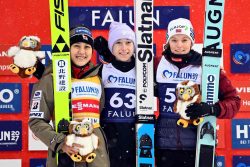
Maruyama’s Ski Jump Streak Snapped
-
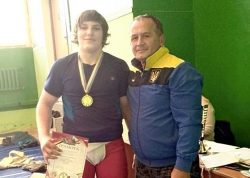
Sumo Wrestler Aonishiki ‘Gives Courage to Ukraine,’ Says Childhood Mentor
JN ACCESS RANKING
-

Tokyo Economic Security Forum to Hold Inaugural Meeting Amid Tense Global Environment
-

Keidanren Chairman Yoshinobu Tsutsui Visits Kashiwazaki-Kariwa Nuclear Power Plant; Inspects New Emergency Safety System
-

Imports of Rare Earths from China Facing Delays, May Be Caused by Deterioration of Japan-China Relations
-

University of Tokyo Professor Discusses Japanese Economic Security in Interview Ahead of Forum
-

Japan Pulls out of Vietnam Nuclear Project, Complicating Hanoi’s Power Plans



